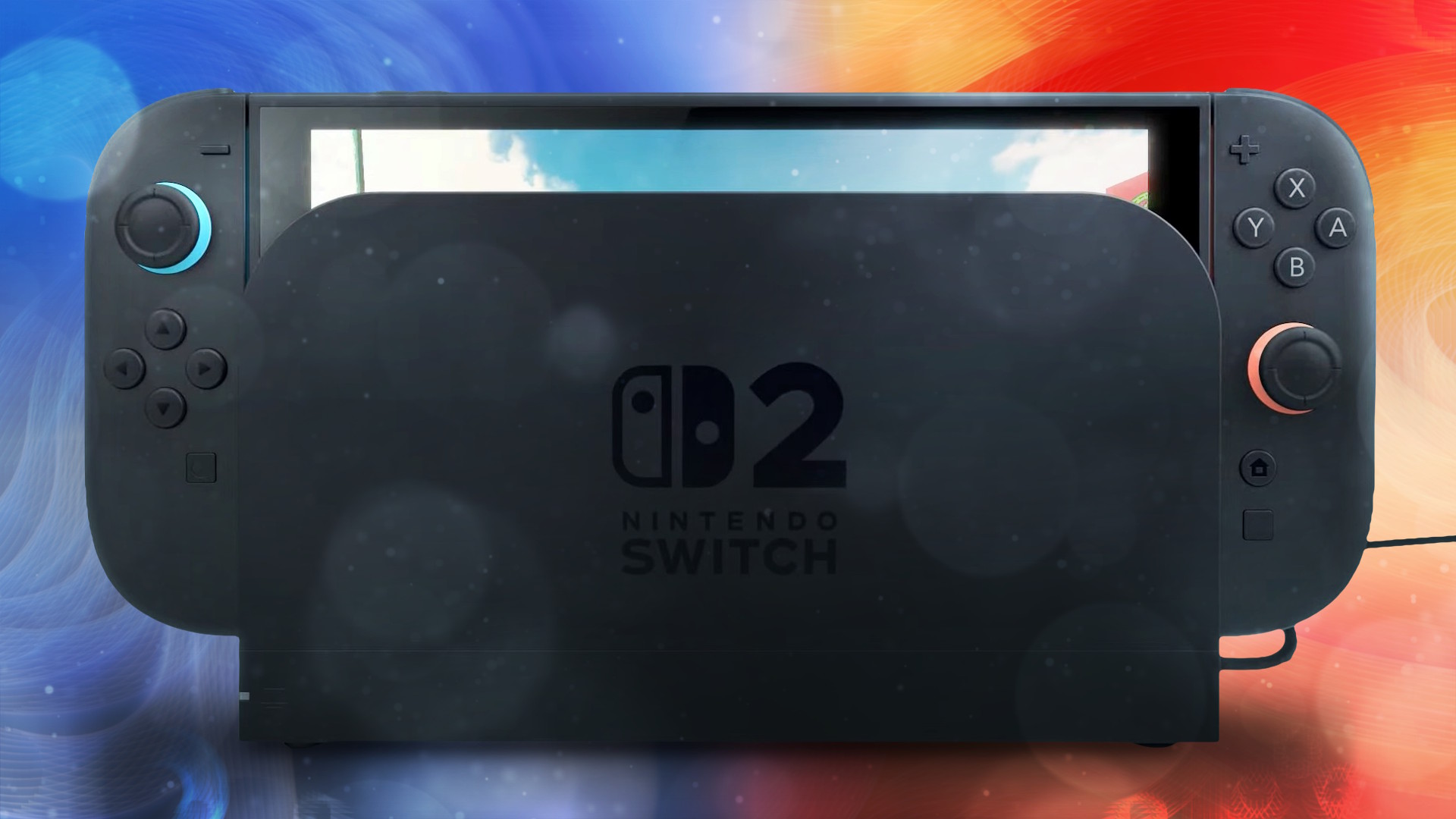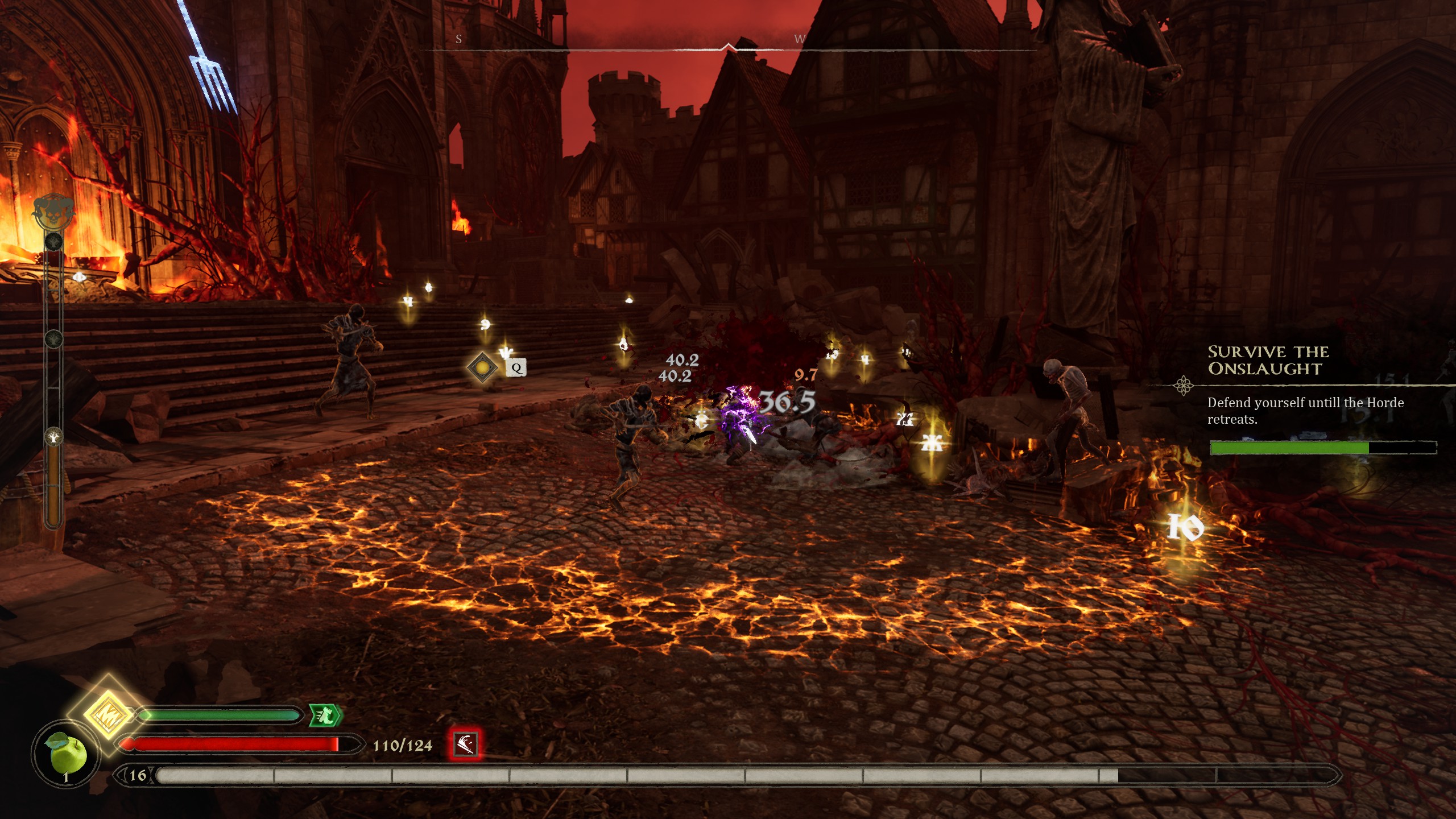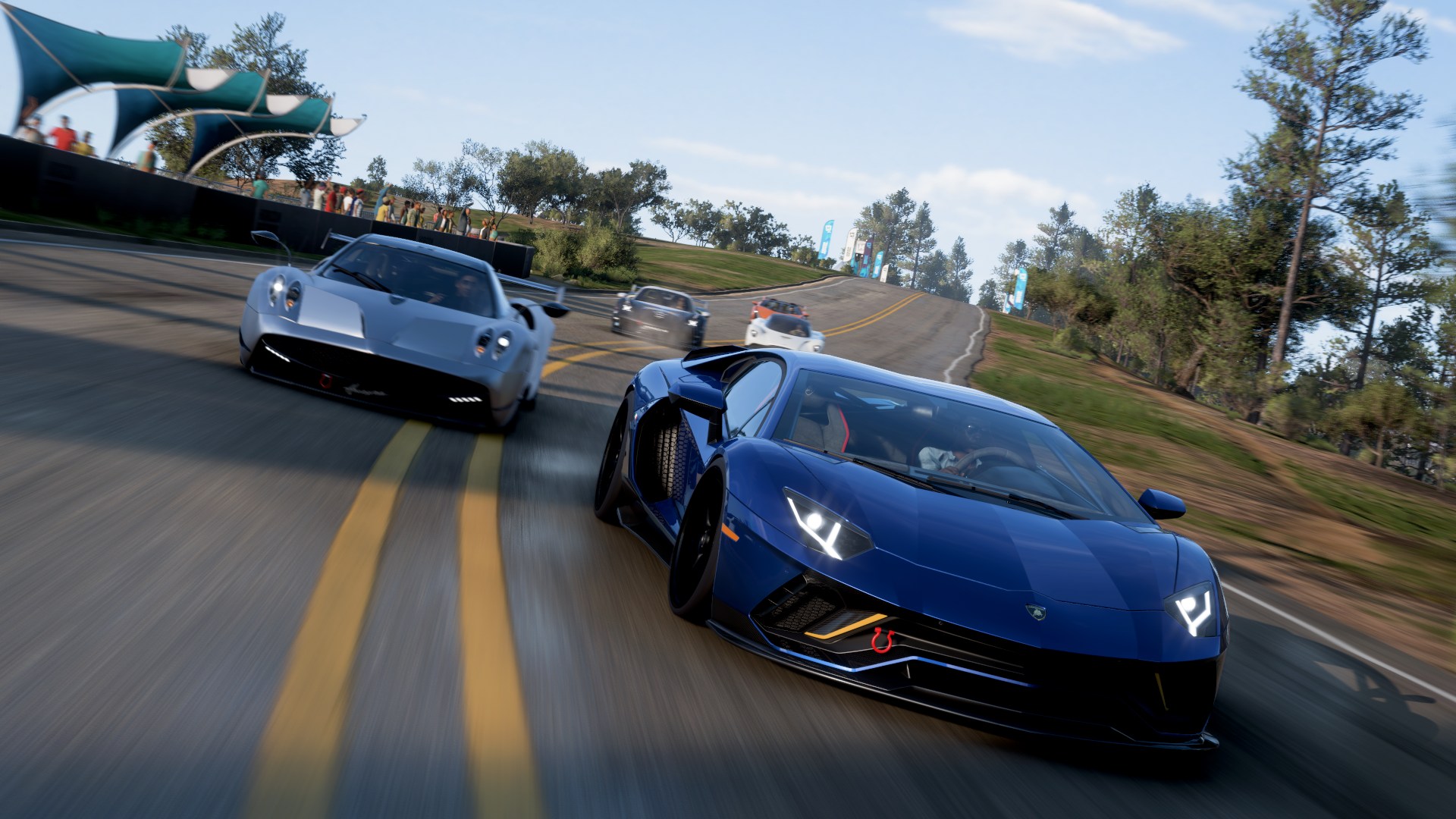In some ways, it seems as if it was just yesterday and yet also forever ago that Nintendo introduced the world to a proper hybrid system. The original Nintendo Switch rocked the gaming community to its core when it was first revealed in October 2016, with its docking capabilities and sleek, portable-focused design that blurred the lines between home console and handheld. Now, today, January 16, 2025, the world gets to meet its successor—the Nintendo Switch 2.
Just its name alone signifies a bit of a change in Nintendo’s philosophy. Rather than switching things up like it did almost a decade ago, it has opted to turn the tempo down a bit and cruise into the next generation with a very ‘Plain Jane’ iterative upgrade—its first numerical successor to an existing platform.
A straight to the point, “update from Nintendo”
The quotes represent the original title to the Nintendo Switch 2 reveal trailer. The company gave it about an hour before putting in the console’s full name. Nevertheless, this original title does signify exactly what the Switch 2 is—a relatively simple update to an existing concept.
Many gadget heads have complained about how relatively plain the tech world has become in recent years. Smartphones, in particular, are pointed to as the key example for barely moving the needle of innovation forward anymore. But, this effect can even be seen in the console space.
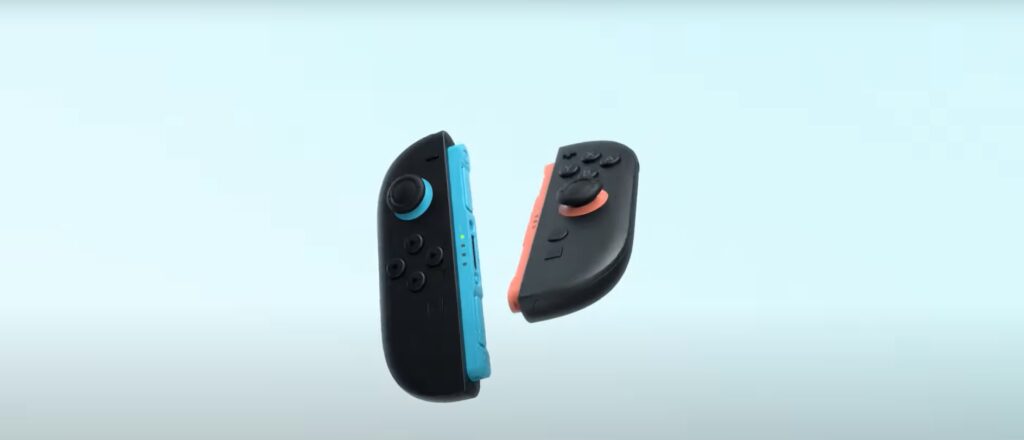
We’re five years into the 9th-gen for PlayStation and Microsoft, and there’s been a sense of apathy from gamers. While there have been stellar titles released throughout the generation, the consoles themselves are not marquee improvements above their predecessors. Even the supposedly-sterling PS5 Pro was labelled a bore by some gamers, myself included.
Nintendo, for better and worse, has gone against the grain when it comes to this overall strategy. While Sony and Microsoft have continuously built larger, more capable boxes, Nintendo has felt the need to reinvent the wheel time and again. It formally carved its way out of the console arms race after the Gamecube failed to garner any fanfare, and has opted to play by its own rules ever since.
As has been documented thoroughly, this ‘dare to be different’ attitude has led Nintendo down a very obtuse path compared to the rest of the industry. For all of its innovative feats, the company has also faced a lot of warranted criticism for its apparent stubbornness to change and adapt to more traditional strategies.
This is why the Switch 2 being just the Switch 2 is quite notable.
The easy way out
A bigger screen, subtle improvements to the physical features, and some slightly improved Joy-Cons are all that makes up the Switch 2’s list of notable changes compared to the original. The aforementioned reveal trailer even makes a point to introduce us to the new system by showing both the console and Joy-Con ‘transform’ from the old to the new in a very clinical fashion.
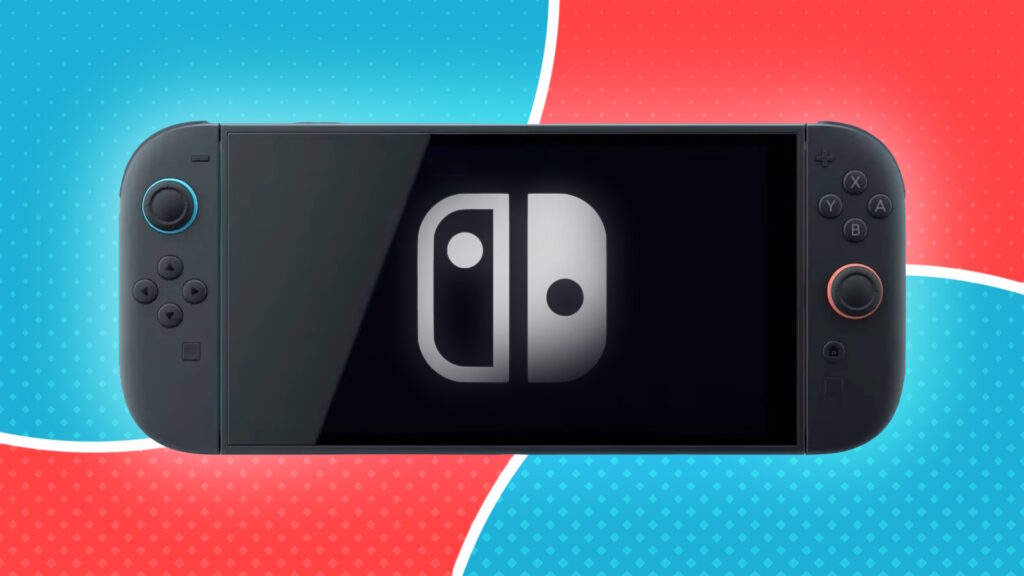
While the 3D animation of the Switch 2’s physical features slowly forming from slabs of plastic is rather neat, I couldn’t help but think: “Wow, it doesn’t really look that much different after all.”
Of course, the deluge of leaks leading up to the announcement didn’t help with the lack of a true ‘wow factor,’ but even if this did air as a completely shadow-dropped surprise, the end result would’ve ultimately been the same: we’re moving only a step forward here.
Nintendo is taking the easy way out this time around. But, why the restraint now?
Keeping history in history
Before the Switch, the Wii was Nintendo’s most successful home console. It was accompanied by the Nintendo DS, which was also a massive success. Nintendo rode their fame throughout the mid 2000s, right on into the 2010’s, where it all came crashing down rather quickly.
The sea of awe had dried up, and Nintendo was left beached and beaten as it moved onto their direct successors, the Wii U and 3DS, both failing to capture the same fanfare as the systems before.
The Switch was a shot in the dark; an even bigger departure from the norm that would bridge the world of handheld and home console. It was an efficient way for Nintendo to focus its efforts on one platform, while not truly abandoning either side of the industry. This was a good concept on paper, but nobody knew exactly how it would fare in the real world.
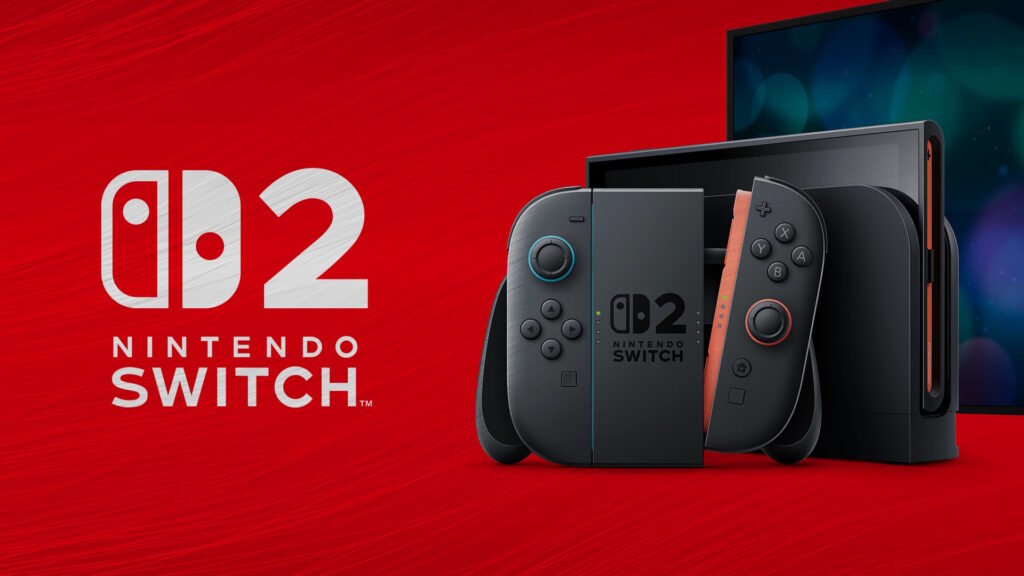
Of course, the rest is history now. But, back in 2017 before it launched, Nintendo surely was holding its breath.
At this point, the console has more than proven itself to be a massive success, enough to have even created a whole new sector of gaming hardware. Nintendo has rather wisely opted to stay the course and deliver on one simple idea: doing the same thing, but better. Unlike in 2017, it doesn’t have anything to prove to the world—consumers already enjoy this concept, and that’s all that matters.
This is home now
Nintendo realized long ago that direct competition with PlayStation and Xbox was doing it no favors. Thus, it has been trying to find its own unique voice since.
The Wii and DS were short-lived fads, ‘lighting in a bottle,’ as it were. The Wii U was a massive dud that was somewhat cushioned by the moderate success of the 3DS. Still, Nintendo’s reputation was severely marred, and needed to be rehabilitated.
The Switch did just that, so it only makes sense that Nintendo would continue ahead with its legacy.
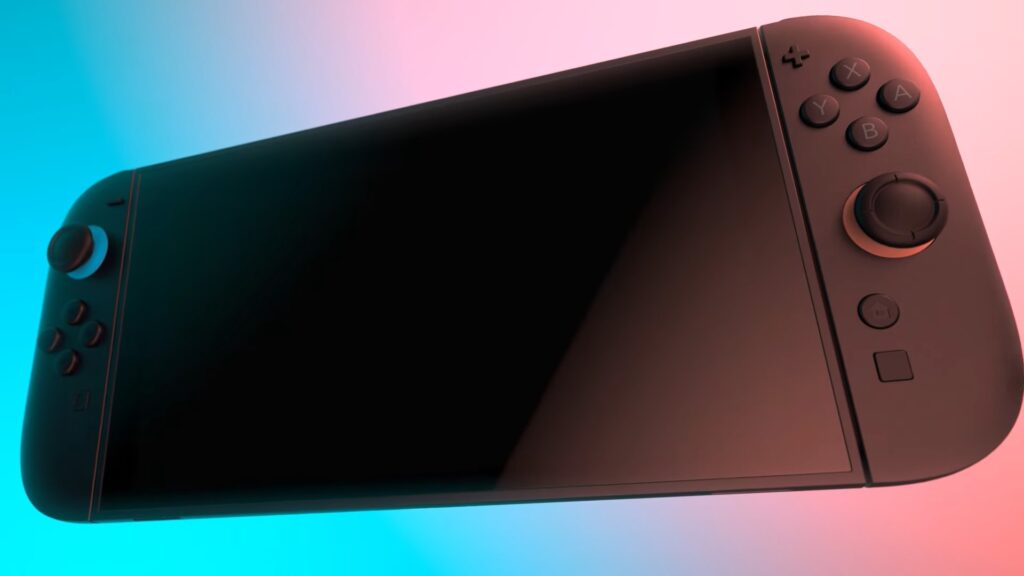
The reveal was very safe, very by the books. There wasn’t even any of the typical overly-enthusiastic voiceover that accompanies a lot of Nintendo’s trailers. Other than the very in-your-face logo reveal with a giant “2” sitting prominently, this reveal was more ‘show’ and not ‘tell.’
The Big N is often compared to Apple due to their unique design philosophies and stringent brand standards. Aptly, the Switch 2 itself, along with its reveal trailer, are perhaps the most Apple-like production from Nintendo yet. From the simple, iterative nature of the console, to the straightforward introduction video.
There’s no confusion as to what the Switch 2 is—a better Nintendo Switch. It will even play the same existing games (hopefully better.) The message is simple: if you’ve enjoyed the Switch, you’ll enjoy this, perhaps even more.
More to come
Speaking of more, there’s still a lot to unpack. Nintendo kept this reveal focused squarely on the physical hardware; we still don’t officially know what’s inside of it. We don’t even know the exact dimensions or screen type of the new display. There’s a mysterious unlabeled button on the right Joy-Con, and new implied mouse-like functionality that we have yet to see in action.
Also, why is the Dock so aggressively curved now, to the point where a bit of the screen is poking out from the top? Is that a design choice, or an indication of semi dual-screen functionality?
Oh, and how badly is this going to ruin our bank accounts? Oh, oh—what games can we expect to play this year when it launches? And, when does it launch? What does the OS look like? Will the cartridges still taste horrible?
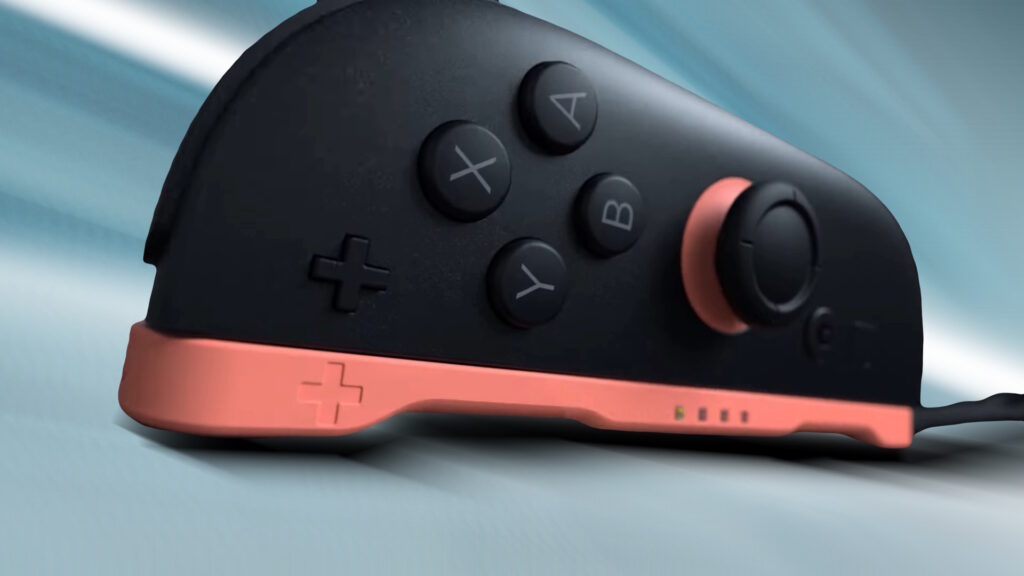
So many questions and so many weeks ahead of April’s Nintendo Direct before we get definitive answers to them. But, the point is that there’s still more to learn; information that’s expected to add even more excitement to the revelation of this new hardware.
In the meantime, though, the core message is out there—a bigger, better Switch is what Nintendo fans will be playing for the next 5+ years. Considering this is the console that’s smashed sales records across countries, I think there’s little to worry about when it comes to its future prospects.

